Discover the Timeless Allure of Matsue and Gessho-Ji Temple
MATSUE – Nestled in western Japan, the city of Matsue is a treasure trove of rich and colourful history. As the capital of Shimane Prefecture, Matsue was once the stronghold of the Matsudaira clan, a branch of the Tokugawa family that ruled Japan for over 250 years during the Edo period (1603-1868). The legacy of these feudal lords endures at Gessho-Ji Temple, where they are both buried and honoured. Every June and July, the temple grounds burst into colour with blooming hydrangeas, adding beauty to this solemn site.
Easy Access to Matsue
Thanks to Japan’s efficient transportation system, reaching Matsue is a breeze. Sunrise Izumo sleeper train offers a 12-hour ride from Tokyo to Matsue Station, complete with private cabins and scenic views, for about 50,000 yen ($450) round-trip. Alternatively, Shinkansen whisks you there in about eight hours, with a change at Okayama Station to the Local Limited Express Yakumo for under 40,000 yen round-trip. Once at Matsue Station, visitors can easily reach Gessho-Ji Temple by bus, taxi, or a scenic bicycle ride along the lake and castle.
A Journey Through History at Gessho-ji Temple
Gessho-ji Temple, established in 1664 by Naomasa Matsudaira, the first lord of Matsue and a relative of the Tokugawa shogun, is steeped in history. Naomasa, a brave samurai who fought in the Siege of Osaka Castle, was appointed as the ruler of Matsue in 1638. His tomb, adorned with a striking tiger painting at the entrance gate, lies within the temple grounds. Though the main hall was demolished during the Meiji Restoration’s anti-Buddhist campaign, the temple retains its hallowed atmosphere.
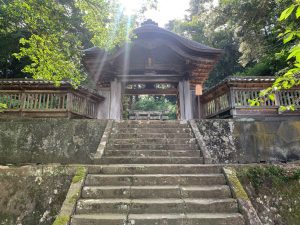
The Legacy of Harusato Matsudaira
Harusato Matsudaira, the seventh lord of Matsue, rests next to Naomasa, his tomb gate decorated with grapes, his favourite fruit. Harusato’s reforms revitalised Matsue’s economy, and he is also remembered as Fumai, his tea ceremony name, having established the Fumai-ryu tea school.
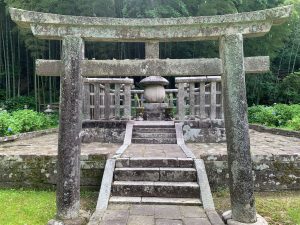
The Enigmatic Stone Turtle
Visitors are often intrigued by a curious stone figure in the moat, which resembles a turtle but reveals itself to be a dragon. This figure, belonging to Munenobu, the sixth Matsudaira lord, was famously described by writer Lafcadio Hearn as an evil turtle in one of his stories.
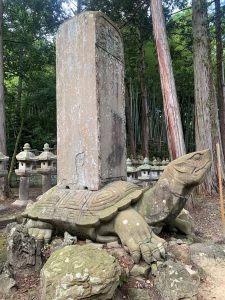
A Blooming Spectacle
Gessho-ji Temple is particularly enchanting during the hydrangea season, from June to July. The temple grounds, adorned with approximately 10,000 hydrangeas of various varieties, provide a stunning contrast to the ancient stone monuments and tombs. These flowers, planted by the Matsudaira lords’ wives and concubines, symbolise their sorrow and longing.
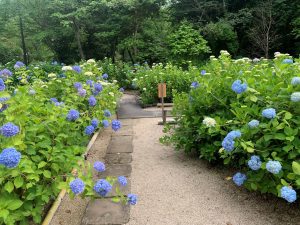
Matsue is a city where history and beauty blend seamlessly, and Gessho-ji Temple is a testament to this timeless allure. It is a must-visit destination for anyone wishing to experience the essence of Japan’s cultural heritage.
(Words by Takashi Saito)
179 Uchinakahara, Matsue
How to Get to Gessho-Ji Temple
From JR Matsue Station, visitors can take either the Matsue Lake Line Bus by the Matsue City Bus or the Ichidata Bus for Etomo or Mitsu. Get off at the Gessho-Ji Iriguchi bus stop (approximately 15 minutes). The school building in front of the bus stop is a convenient landmark. Walk to Gessho-ji Temple: Approximately 8 minutes.
Gurutto Matsue Lake Line
- Departure: Matsue Station (Kokuhō Matsue Castle-mae Bus Stop)
- Arrival: Gessho-ji Temple-mae Bus Stop –
- Fare: ¥210
Etomo Mitsu-bound Bus
- Departure: Matsue Station (Kenmin Kaikan-mae Bus Stop)
- Arrival: Gessho-ji Temple Entrance Bus Stop
- Fare: ¥210
Business Hours
- Temple: 10:00 am – 4:00 pm
- Tea Lounge: 10:30 am – 5:30 pm (Green tea with Japanese confectionery: ¥500 per person)
Note: Admission is allowed up to 30 minutes before closing time in all seasons.
Admission Fees
- Adults: ¥500
- Junior and High School Students: ¥300
- Elementary School Students: ¥250

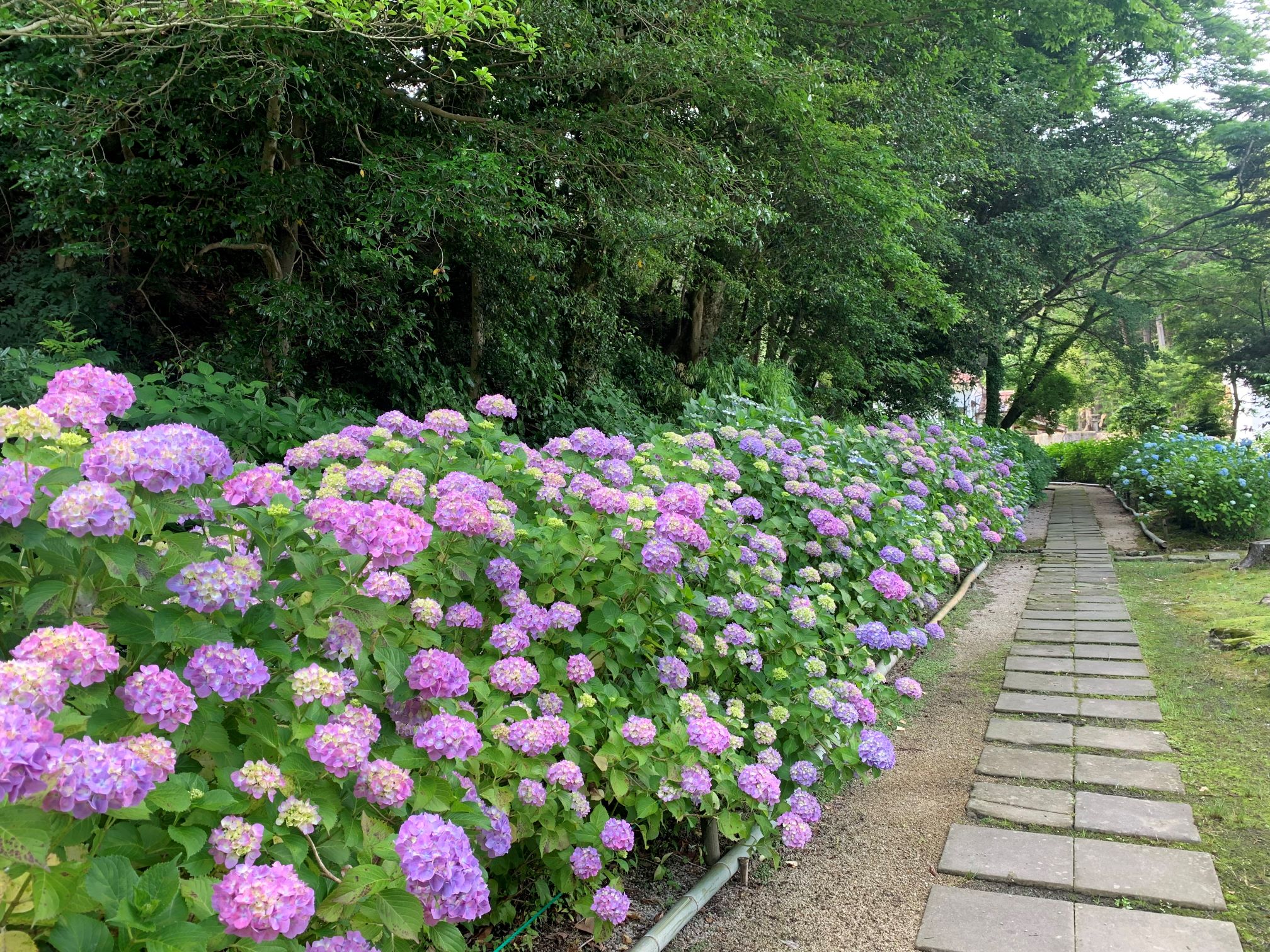
One Reply to “Enchanting display of blooming hydrangeas at Matsue’s Gessho-ji Temple”